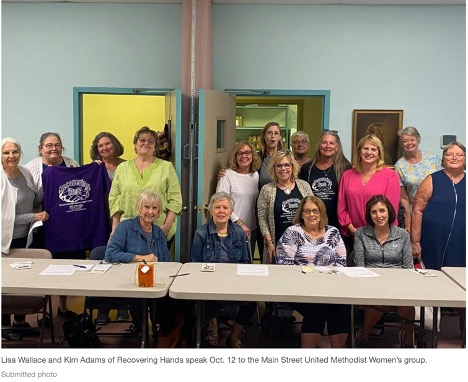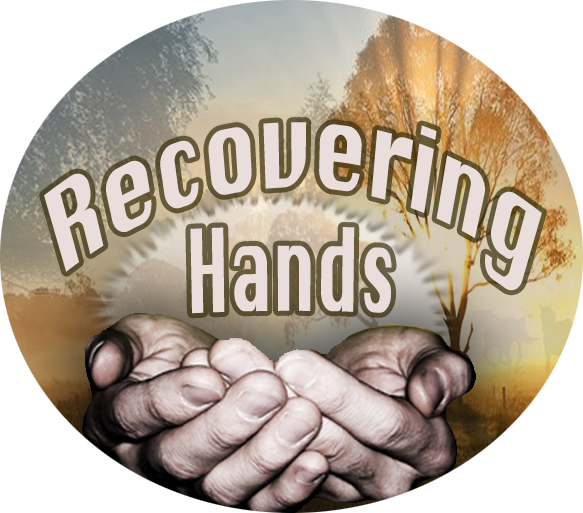Author: admin
-
Planners Recommend Facility Permit and Supervisors Vote in Favor
Gazette Virginian: by Miranda Baines, 5/23/24 A speaker in favor of a conditional use permit for the operation of a substance abuse treatment program for women in Nathalie, Regina Nelson, asked the question at Tuesday evening’s Halifax County Planning Commission meeting, “How many of you here tonight have been clean for at least a year?…
-
ESTABLISHING CONNECTIONS Nathalie non-profit embarks on expansion with fundraiser for Recovery Hall
In the Gazette Virginian September 2023
-

SYSTEM FAILS LOCAL WOMAN
A LOCAL WOMAN ADDICTED TO DRUGS SEEKS HELP FROM COURTS AND BEHAVIORAL HEALTH only to find herself addicted to another drug and having to leave her home at 4:30 every morning to legally obtain it or she will go into withdrawal or worse, go back to the street for relief. She could be your mother,…
-

Recovering Hands Speakers Present to United Methodist Women’s Group
On Oct. 12, the Main Street United Methodist Women welcomed Lisa Wallace and Kim Adams to speak about a little known and yet valuable resource in Halifax County. Recovering Hands is a residential, extended-care facility for women who are recovering from addiction. Located in Nathalie, this property provides many different proven avenues for whole-self…
-
Remembering lives lost to drug addiction
By Liza Fulton News & Record SoVaNow.com / September 02, 2021 Recovering Hands hosted its first Overdose Awareness Day memorial Tuesday night at Constitution Square, drawing a small gathering of community members who have lost loved ones to drug addiction. Recovering Hands Board President Lisa Wallace organized the event in honor of her son, Luke…
-
Recovering Hands speakers present to group
http://www.yourgv.com/lifestyles/society/recovering-hands-speakers-present-to-group/article_2fe13b3e-30d4-11ec-b9b4-372526ce4093.html Special to The Gazette On Oct. 12, the Main Street United Methodist Women welcomed Lisa Wallace and Kim Adams to speak about a little known and yet valuable resource in Halifax County. Recovering Hands is a residential, extended-care facility for women who are recovering from addiction. Located in Nathalie, this property provides many different…
-
Memorial for overdose victims set South Boston
http://www.sovanow.com/index.php?/news/article/memorial_for_overdose_victims_set_south_boston/
-
International Night Out
http://www.yourgv.com/news/local_news/international-overdose-awareness-day-event-brings-healing-hope/article_3d25a202-0c2c-11ec-8eda-73ba39155ccf.html?fbclid=IwAR1k4_X-UaT7x9AMZG8aAnCD9kii8a38BsH7Az1C7UvxbE7Jnnd2M6O7fBc#utm_campaign=blox&utm_source=facebook&utm_medium=social
